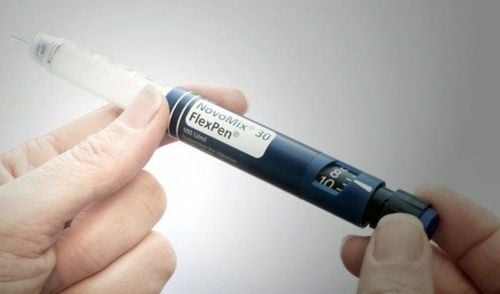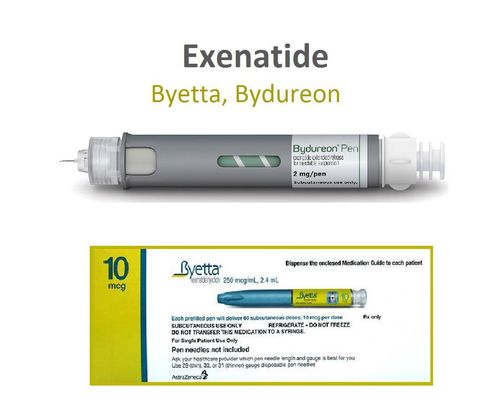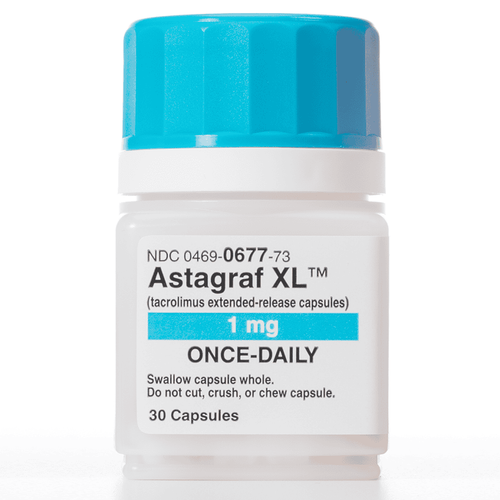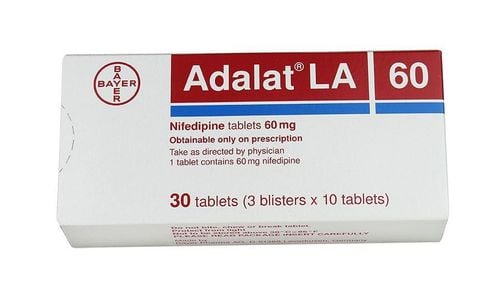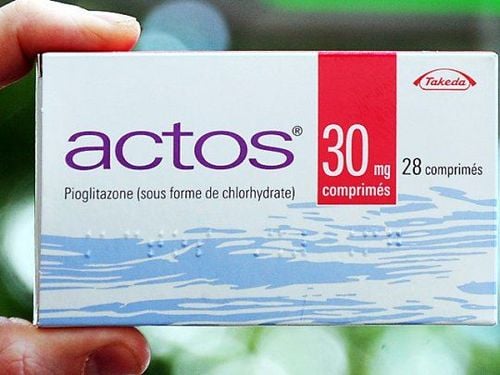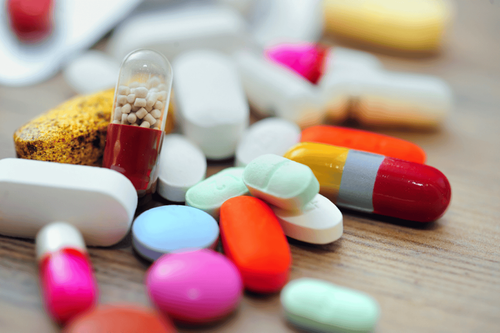This is an automatically translated article.
The article was professionally consulted by Doctor Tran Quoc Tuan - Emergency Medicine Doctor - Emergency Resuscitation Department - Vinmec Phu Quoc International General Hospital.Diabetes can appear at any age, even during adolescence. Diabetes affects not only health, living habits, daily eating but also causes many dangerous complications, even death. So what is diabetes, how dangerous complications are the disease, learn about diabetes, terms related to diabetes through the article.
1. Diabetes
Diabetes occurs when the body has a problem with insulin. Insulin is a hormone produced by the pancreas, located behind and below the stomach. Insulin is responsible for storing and using sugar and fat from food for the body. Therefore, diabetes occurs when:The pancreas does not produce insulin The pancreas produces very little insulin, not enough to supply the body. The body does not respond, suitable for insulin, also known as "resistance". insulin"

Bệnh tiểu đường xuất hiện khi tuyến tụy không sản xuất được insulin
2. Can diabetes be cured?
Diabetes is a chronic disease that cannot be completely cured. But the symptoms and complications of diabetes can be controlled through strict adherence to the treatment instructions of the doctor. Currently, there is no cure for diabetes. Patients need to manage their disease to stay in good health.3. Classification of diabetes
Diabetes is divided into 2 types, type 1 diabetes and type 2 diabetesType 1 diabetes
The insulin producing cells of the pancreas are destroyed by the immune system. People with type 1 diabetes cannot produce insulin and must inject insulin to control blood sugar. Type 1 diabetes usually appears in people under the age of 20, but other ages can also occur
Type 2 diabetes
Type 2 diabetes, the body can't produce insulin. However, the amount of insulin secreted is not enough or the body does not respond, insulin is resistant, sugar cannot be absorbed into the cells.

Tiểu đường được chia thành 2 loại, tiểu đường type 1 và tiểu đường type 2
4. Terms related to diabetes
Hyperglycemia: Refers to high blood sugar, this condition is quite common in people with diabetes. It occurs when the body does not have enough insulin or cannot use insulin.Hypoglycemia: Low blood sugar only. This condition often occurs in people with diabetes. Most cases occur when there is too much insulin and not enough sugar in the body
Adult-onset diabetes: Former name for type 2 diabetes. however this is no longer true because the disease is now common in children as well.
Antigen: Substances that induce an immune response in the body, recognizing substances or markers on cells. The body produces antibodies to fight antigens, or harmful substances, and tries to get rid of them.
Basal Insulin Production Level: Is the amount of insulin needed to control normal daily blood sugar fluctuations. Most people's bodies produce insulin continuously to control the glucose fluctuations that occur during the day. In people with diabetes, the continuous delivery of low levels of insulin through an insulin pump mimics this normal phenomenon.
Synthetic insulin
: Human insulin is synthesized by genetic engineering. Manufacturers of synthetic insulin produce a short acting form, to control blood sugar spikes during/after each meal. They also produce long-acting insulin to control sugar levels between meals and when hungry, such as during the night.
Glucose monitoring
Blood or blood sugar test: A method of testing blood sugar levels. Monitor your blood sugar at home using a finger prick device. Place a drop of blood on the test strip and insert the test strip into the glucometer to display blood sugar.
Blood sugar testing can also be done in the laboratory. Blood glucose monitoring is done three or four times a day for people with insulin-dependent diabetes. Depending on the situation, it is recommended to check blood sugar before meals, two hours after meals, before going to bed, in the middle of the night, before and after exercise.
Unstable diabetes: When a person's blood sugar fluctuates very quickly from high to low and from low to high.
Gestational diabetes : High blood sugar levels that begin or are first diagnosed during pregnancy. The reason is that hormonal changes during pregnancy affect the action of insulin leading to an increase in blood sugar. Normally, blood sugar levels will return to normal after birth. However, women who have had gestational diabetes have a higher risk of developing type 2 diabetes later in life. Gestational diabetes can increase your risk of complications during labor and delivery.
As well as an increased rate of complications related to an increase in fetal size.
Diabetic ketoacidosis is a serious, life-threatening condition.
This is the result of hyperglycemia, dehydration. And the acid build-up requires emergency fluids and insulin. Diabetic ketoacidosis occurs when there can't be enough insulin and the cells become "hungry" for sugar. An alternative energy source called ketones is activated, creating a build-up of acid. Ketoacidosis can lead to coma and even death.
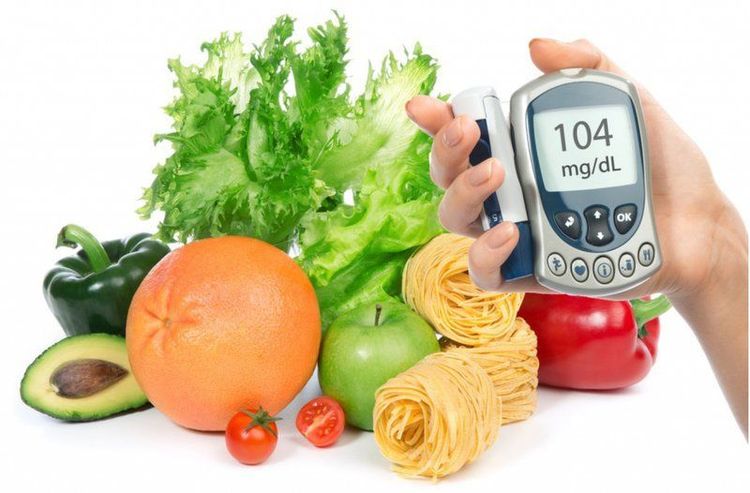
Tiểu đường nhiễm toan ceton là một tình trạng nghiêm trọng đe dọa tính mạng người bệnh
The diagnosis of diabetes is made when the fasting blood sugar is greater than 126 mg/dL and when blood tests show abnormal results. These tests can be. Repeat a few days later or by measuring blood glucose 2 hours after a meal. If the postprandial blood sugar is higher than 200 mg/dL and the fasting blood sugar is higher than 126 mg/dL. Your doctor can diagnose diabetes.
Glucose tolerance test : Test to confirm the diagnosis of diabetes. This test is done in a lab or clinic the morning before eating. Request disease
at least 8 hours before the test do not eat any food. First, take a fasting blood sample. Then give a solution containing sugar to drink. Two hours later, do a second test. Fasting blood sugar equal to or greater than 126 mg/dl indicates diabetes. A fasting blood sugar between 100 mg/dl and 125 mg/dl is indicative of fasting hypoglycemia. If the test results after two hours show blood sugar equal to or greater than 200 mg/dl, the person is diagnosed with diabetes. Two-hour blood sugar ranging from 140 mg/dl and 199 mg/dl is classified as impaired glucose tolerance.
Home blood sugar monitoring: How to test your blood sugar yourself. This test uses whole blood (contains plasma and blood cells) so results may differ from laboratory measurements using plasma only. Often times, blood glucose results measured in the laboratory can be higher than blood glucose results taken at home.
Artificial insulin: Biotechnologically produced insulin is similar to the insulin the body makes. The DNA code for human insulin is inserted into bacteria or yeast cells; The insulin produced is purified and used in humans.
Synthetic insulin: An insulin blend containing short, medium, or long acting insulin. You can buy premixed insulin so that you don't have to mix insulin from two different bottles.
Insulin reaction: Another name for hypoglycemia. This happens when people with diabetes inject too much insulin, or eat too little, or have exercised without eating extra food.
To screen for diabetes, currently at Vinmec hospital, we have deployed a screening package for diabetes and dyslipidemia to help detect pre-diabetes early, accurately classify diabetes type, and develop a treatment plan. nutrition, monitoring to minimize the risks and complications caused by diabetes.
If you have a need for consultation and examination at hospitals and clinics of Vinmec Health system nationwide, please contact the Website for the best service.
Please dial HOTLINE for more information or register for an appointment HERE. Download MyVinmec app to make appointments faster and to manage your bookings easily.




